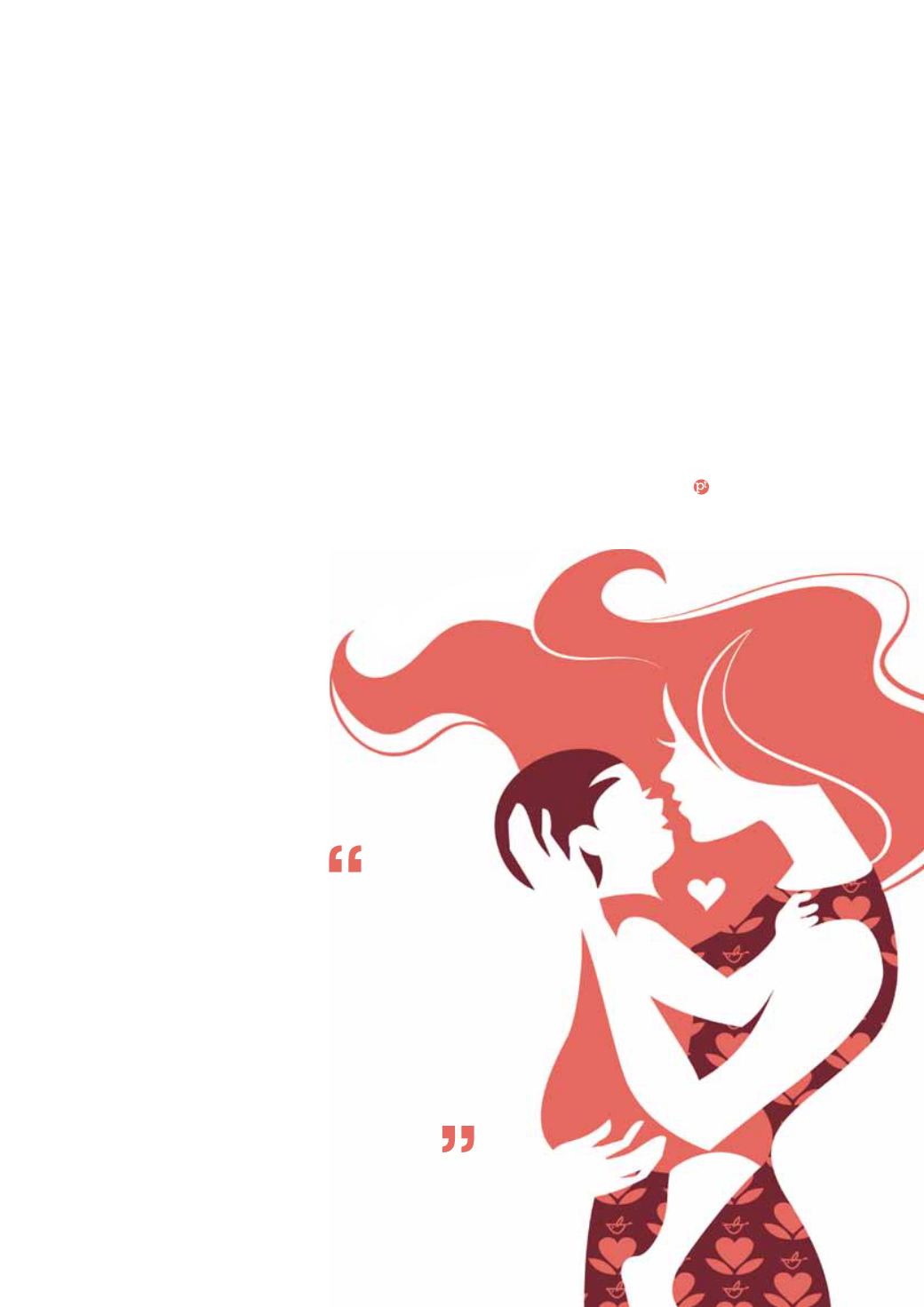
A fine art
If you have tried babywearing using
a sling, you will already know it’s
not easy at first. The Babywearing
International organisation suggests
that babywearing is best viewed
as a skill to be learned, rather
than the result of the product you
buy. Useful tips on their website
(
.
org) include practising with a doll,
practising “loading” the baby while
seated on the floor, and if you are
back-loading for an older baby,
practising with someone to “spot”
you and catch the baby if necessary.
The site also provides lots of
common-sense tips on safety.
Another concern is the possibility
of musculoskeletal damage that
babywearing may cause both baby
and parents. Dr Michelle Zhou, an
Australian-trained chiropractor who
practises in Hong Kong, advises
that there are three key stages of
development for a baby’s spine, and
the ideal manner of carrying and
carrier type depends on the baby’s
stage of development.
“As a newborn, the whole of
baby’s spine is in kyphosis (concaved
towards the abdomen) with very
little neck control. A sling made of
breathable fabric that holds baby in a
horizontal or diagonal position with
head and bottom curved inwards
provides the best support. And with
baby held across Mum’s tummy, she is
in a perfect position for breastfeeding
and keeps nice and warm, and Mum
can keep an eye on her,” she says.
Around three months of age,
when a baby has better neck control
and is able to hold her head up, her
first adult spinal lordosis (convex
towards the abdomen) in the neck
region starts to develop. Michelle
advises that a vertical carrying
position becomes more beneficial,
strengthening baby’s neck muscles
and also developing and training
her inner ear balance mechanism.
However, care should be taken to
ensure that the baby’s lower back,
which is still in kyphosis, is supported
in its inward curving position.
“As the baby is gaining weight
quickly, the pelvic support of the
carrier needs to be broad so that the
baby’s weight is spread over a wider
area, rather than concentrated onto
a small point – often the crotch. A
carrier with a broad-based ‘seat’,
ideally extending all the way to his
knees, is ideal. At this stage, the baby
should be carried facing Mum or
Dad,” says Michelle.
“I have always advised against
wearing baby facing outwards, as
this places a tremendous amount of
strain on baby’s pubis, the smallest
and weakest part of the pelvis. Many
parents are concerned about hip
dysplasia from the wide spread hip
position when baby faces inwards,
but, in fact, when well-supported
by a broad-based ‘seat’ carrier, the
open hip position is a very normal
movement for the hip, especially in
babies,” she says.
The second and final lordosis
in the lower back starts to develop
once the baby starts crawling and
sitting. As she approaches her
first birthday, a baby may
have outgrown her
broad-based carrier and at this stage,
Michelle recommends a strap-on
hip-seat that allows Mum or Dad to
maintain a neutral upright posture
while carrying baby.
If done right, parents can choose
to continue carrying their baby well
into baby’s second year, but there is
some concern that so much carrying
can result in an overly clingy baby.
Hulda responds: “Of course, all
babies are different, but if a baby is
clingy then it probably is insecure
and the best cure is more closeness,
not less. In my experience, when
your toddler is ready to leave the
nest, she will, as fast as her legs will
carry her. You’ll be yearning for the
time when she was safely strapped in
and you were in control. But that’s
another story.”
The
immediate
benefits of
babywearing
include an
easier bonding
between a
mother or
father and
baby.
94
Playtimes


